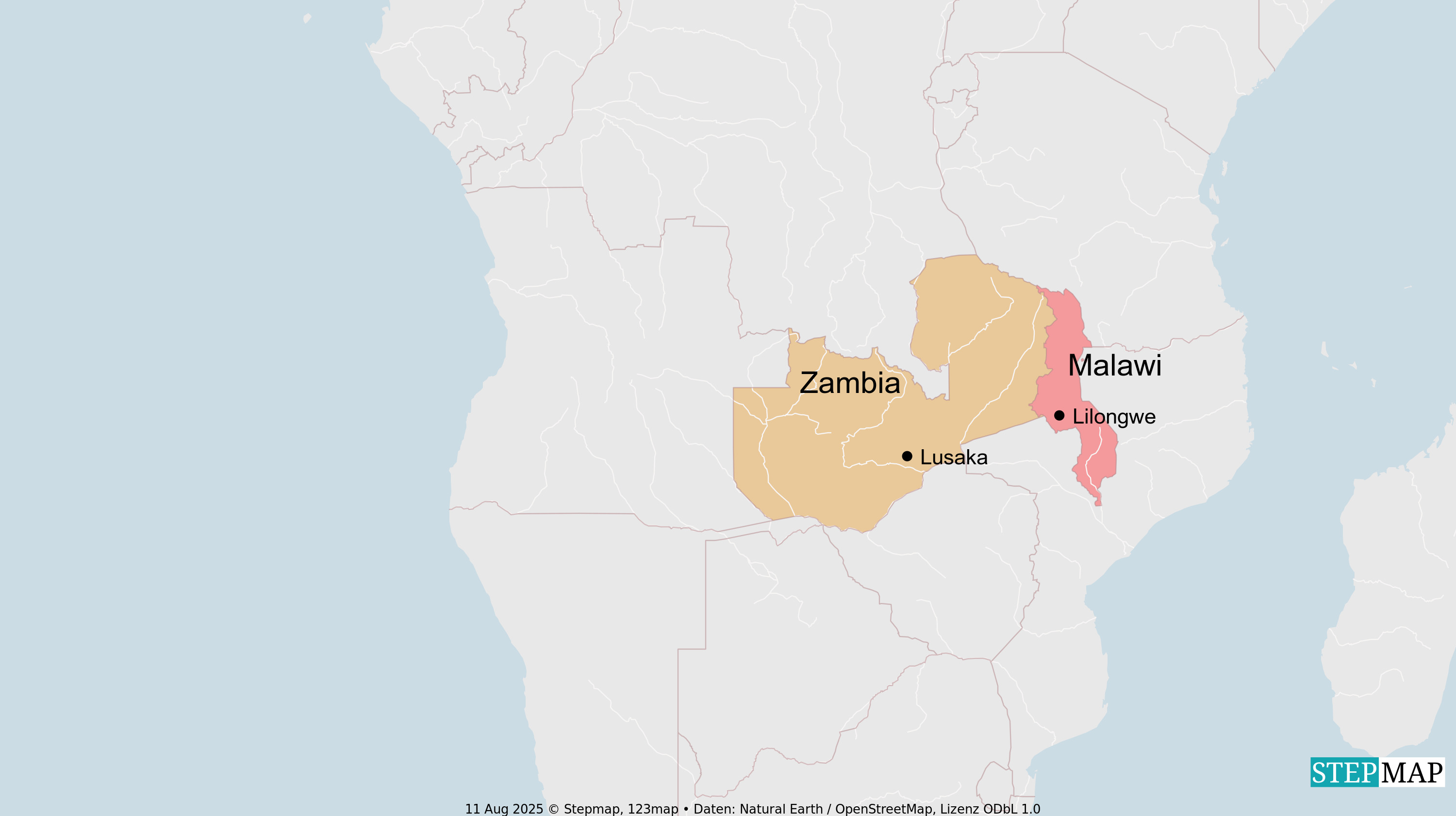Renewable energy
Europe’s appetite for wood
By Lorenzo Cotula, Lynn Finnegan and Duncan Macqueen
Several countries have set ambitious goals for renewable energy. In 2009, the European Union specified that its members have to increase the share of renewables to 20 % of overall energy consumption by 2020. By 2025, the US aims to use 25 % renewable energy. And by 2022, South Korea has a target of 10 %.
In many OECD countries, demand for wood is likely to exceed domestic production soon. Britain, for instance, consumed 5.2 million tonnes of solid biomass for heating and in power plants in 2010 (of which 13 % or 0.7 million tonnes was imported) and demand is expected to rise to 48.3 million tonnes by 2020 (of which 68 %, or 32.8 million tonnes, will be imported) if all projected new plants are installed. Experts believe that the global market for these products could more than double in the same time period because of British demand alone.
If the EU is to reach its target for 2020, member states will need 90 million tons of biomass more than they have at their disposal so far – at least 40 million for power supply and 50 million for heating.
OECD countries such as the Netherlands and the UK are already increasing their consumption of wood pellets. Other countries will follow suit. The Confederation of European Paper Industries (CEPI)
expects Europe to have a biomass shortfall of 210 million tons of timber by 2020. Other experts believe this estimate is conservative.
Growing interest among investors
This situation suggests that Europe will have to purchase biomass from major exporters. The foreseeable demand is already leading to major investments. In 2011, Canada, Norway, Russia and the USA put five major pellet plants into operation with a total capacity of around three million tons.
These countries are relatively close to Europe, making the transport costs lower than for timber imports from Australia, Chile, South Africa or Vietnam, for instance. The problem is that the current supply nations may not be able to keep up with growing demand in Europe. For instance, North America also plans to increase use of renewables. It is not clear whether Canada and the US would still be able to substantially increase exports of woody biomass.
Suppliers from Brazil are increasingly interested in European markets. Researchers believe that Brazil is especially promising when it comes to biomass production in forests, because of high growth rates, substantial existing experience in plantation forestry, good infrastructure and relative proximity. But the social and environmental risk is that fast-growing plantation forests with little biodiversity and managed by large corporations would expand at the expense of more biodiverse natural forests and agricultural smallholdings that are important to local communities.
Energy firms from Europe and North America are also increasingly interested in biomass plantations in politically stable countries of the global South that fulfil minimum sustainability standards. They are therefore looking for investment opportunities in Asia, Africa and South America. In 2010, for instance, a US firm announced that it had signed a 49-year lease for 5,000 hectares of land in Ghana to be used for biomass plantations. In the hope of being able to export to America, the same firm also leased land in Guyana.
The private sector is not the only player, however. In 2009, the forest ministries of South Korea and Indonesia signed a memorandum on using 200,000 hectares of forest in Indonesia for the production of wood chips, including a 99-year lease in which private firms will plant trees for the production of pellets.
Fast growth
There are a number of reasons why Africa could play a growing role in meeting Europe’s demand for biomass. Tropical countries are especially suitable for the production of biomass because of tree growth rates. While a hectare of forest produces one to four cubic meters of timber a year in Europe, the figures rise to 10 to 30 cubic meters per hectare in the subtropics and 15 to 45 cubic meters in tropical pine forests. Tropical eucalyptus forests can produce as much as 60 cubic meters. The downside is that eucalyptus forests only support a very limited biodiversity.
Of course, a number of other factors – such as soil fertility – play a role in how successful biomass production will be. The harvesting system is relevant too.
Downsides
There are considerable risks. Many people think that much land in Africa is “available”, which would make this continent suitable for large plantations. In fact, this is a misconception – valuable lands are very likely to be used or claimed by local groups.
The search for suitable land and the right climate will increasingly take investors to Africa, where countries are struggling to ensure food security. In addition, local land rights in many African countries are insecure, which makes local people vulnerable to dispossession.
Indeed, in many African countries, most of the land belongs to the state. Governments rent land to investors, but the people who have lived off that land for generations and consider it their property hardly stand a chance of protecting their interests. While some African countries, such as Ghana, allow traditional chiefs to manage land, there is no guarantee that these leaders will promote the public good.
So there is a danger of people losing the land they depend on when biomass plantations are set up. And even if they get compensations, such payments may be inadequate to allow everyone to establish a new livelihood. And there may not be enough new forestry jobs for all people affected.
To make matters worse, local food security is threatened when energy crops replace food crops. If the biomass is exported, then these adverse effects are not compensated by improvements in local people’s energy supply.
There is a need for greater public scrutiny and debate about what energy consumption patterns and growing demand for biomass energy in the global North will mean for developing countries. At the same time, the opportunities of sustainable forestry must be taken advantage of. Done intelligently, forestry will not only produce biomass for national and export markets, but also raw materials that can stimulate the local construction and furniture sectors. But policies that ignore local needs will not prove sustainable.







